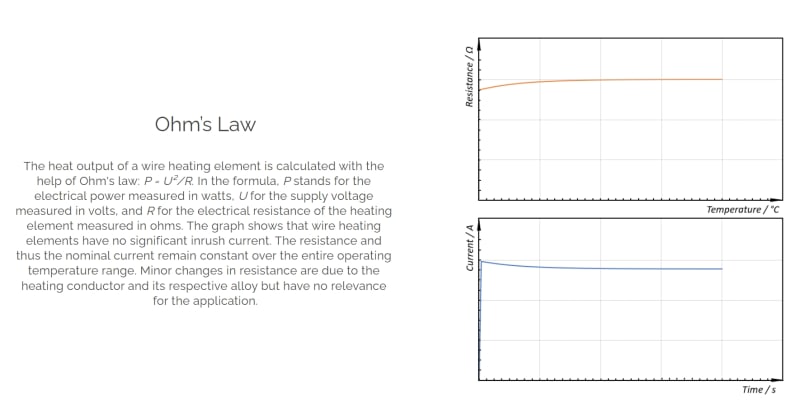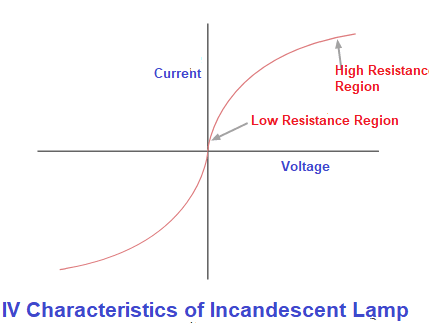bacon4life
Electrical
Do residential style water heater elements have significant inrush when first energized?
I have seen warnings about huge inrush currents for incandescent lamps damaging contactors. For switching water heater elements, can they be treated as purely resistive or would I need to account for inrush to a water heated similar to switching incandescent elements?
I have seen warnings about huge inrush currents for incandescent lamps damaging contactors. For switching water heater elements, can they be treated as purely resistive or would I need to account for inrush to a water heated similar to switching incandescent elements?


